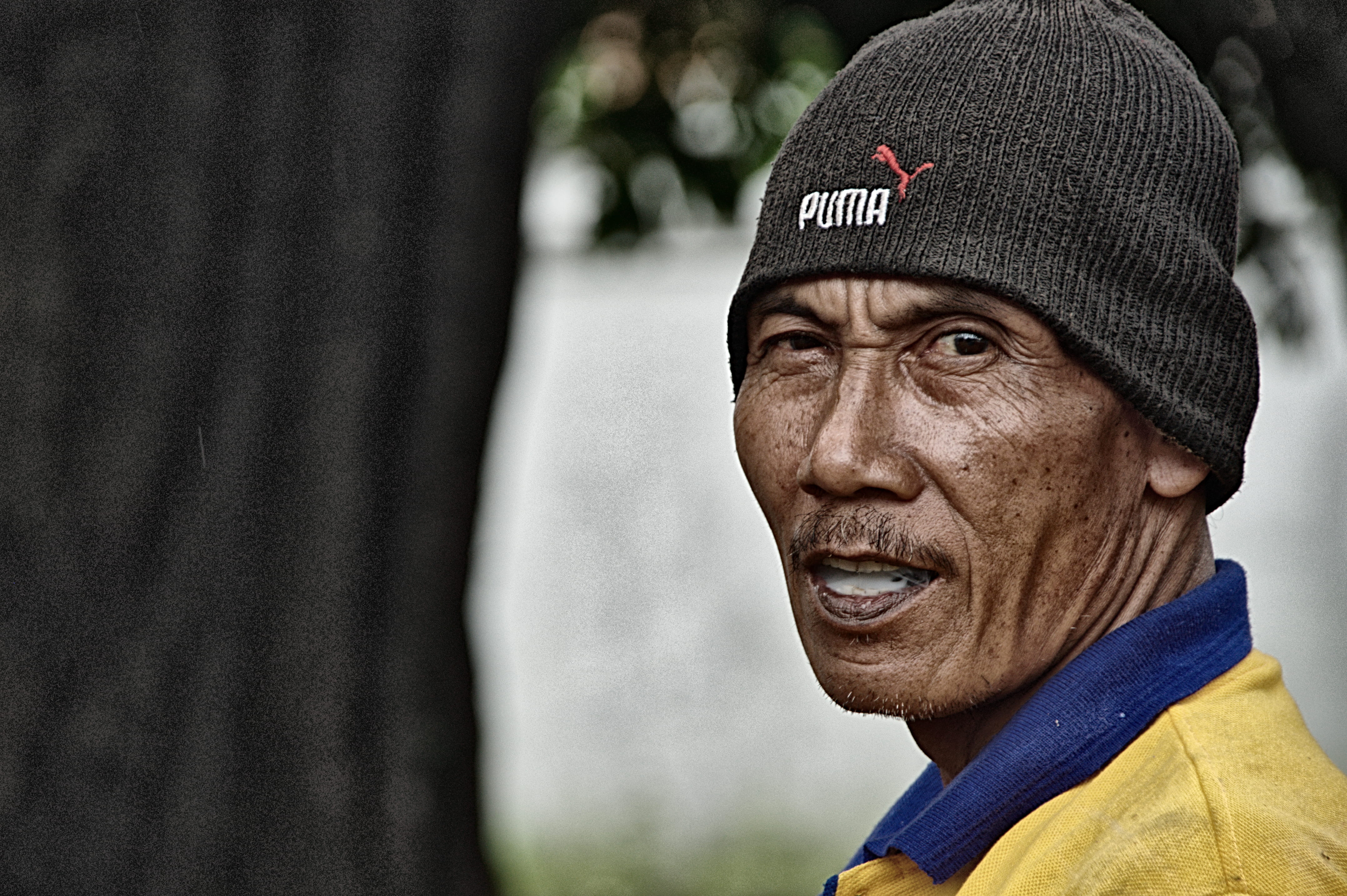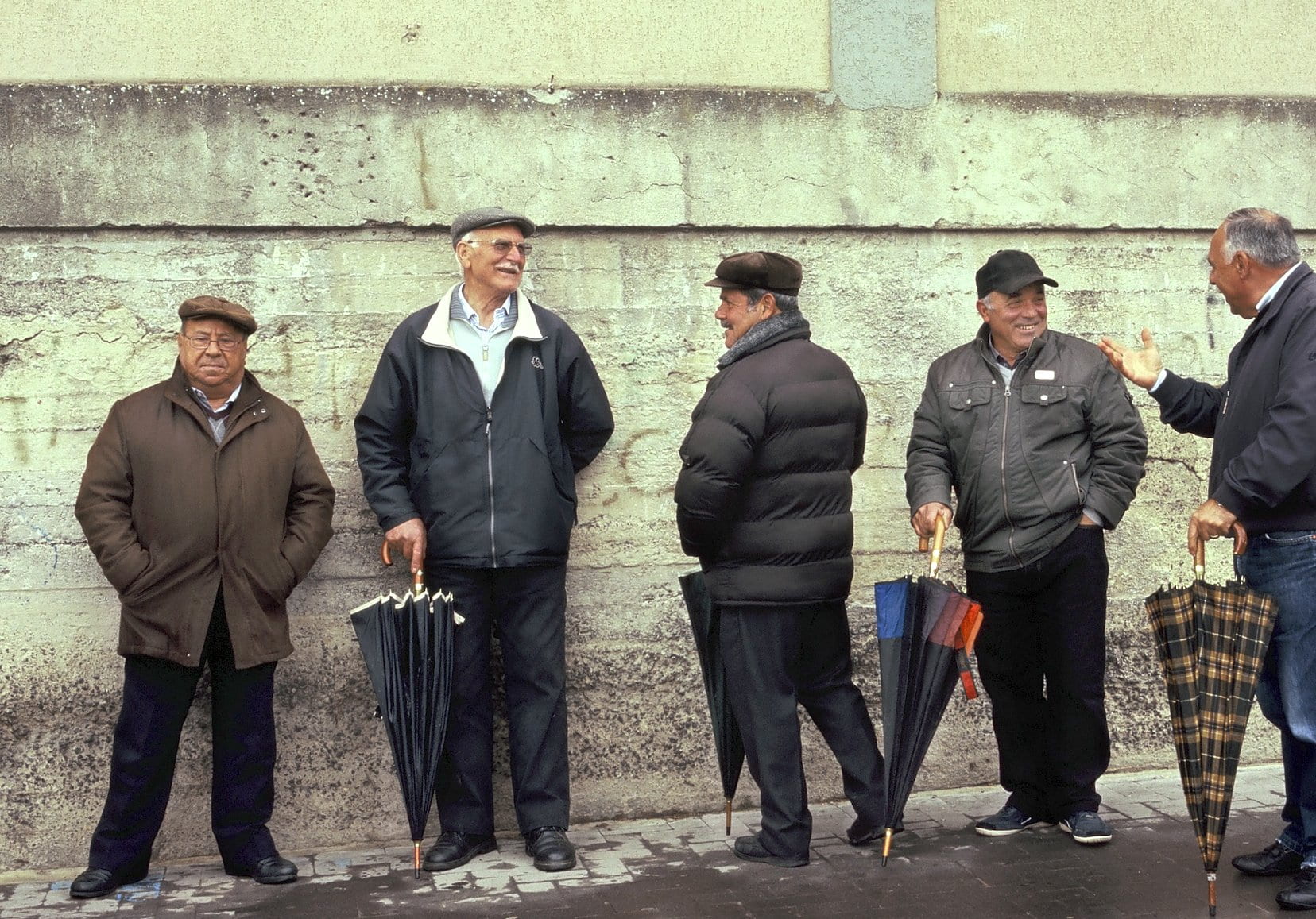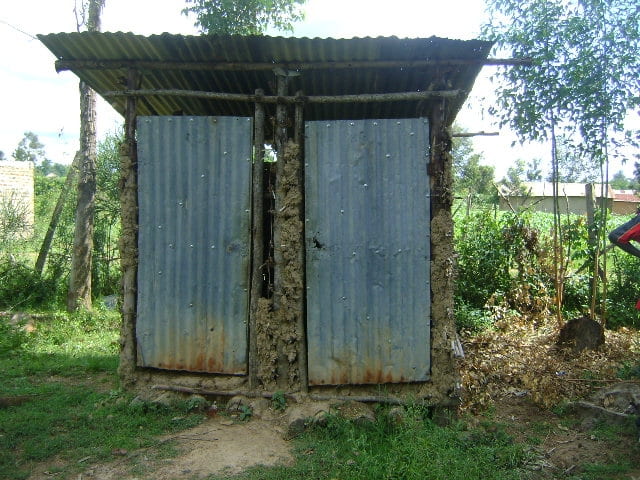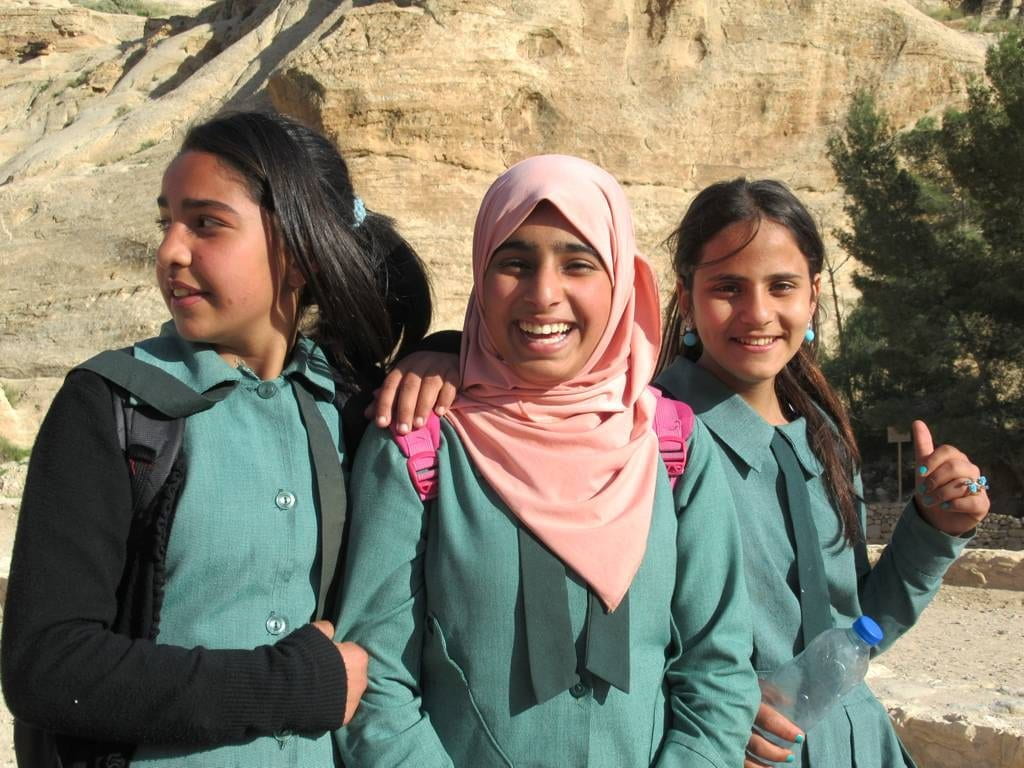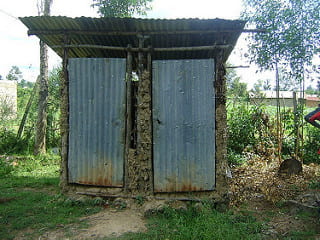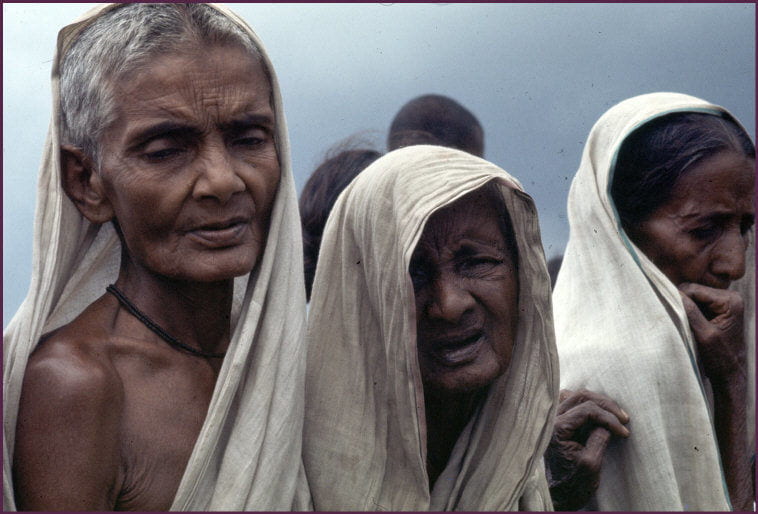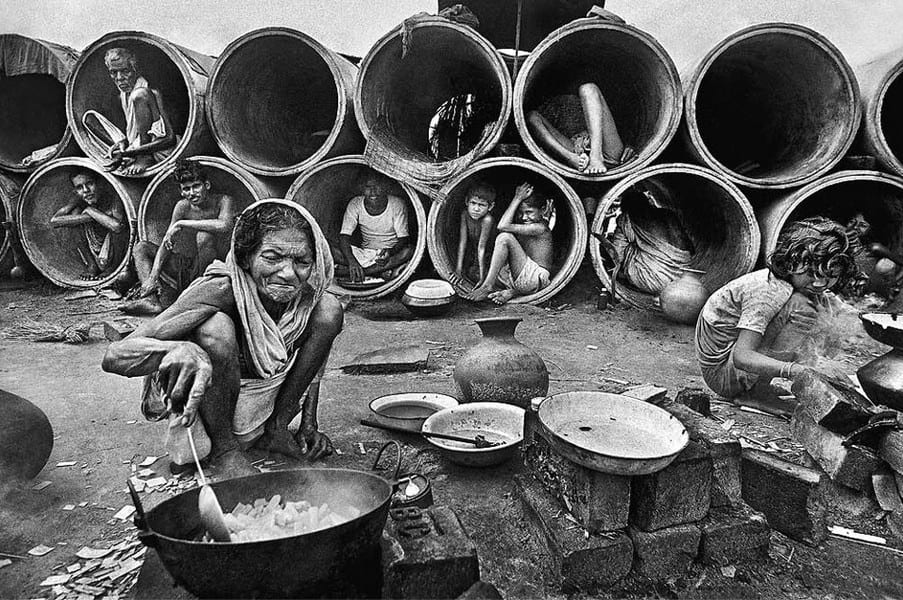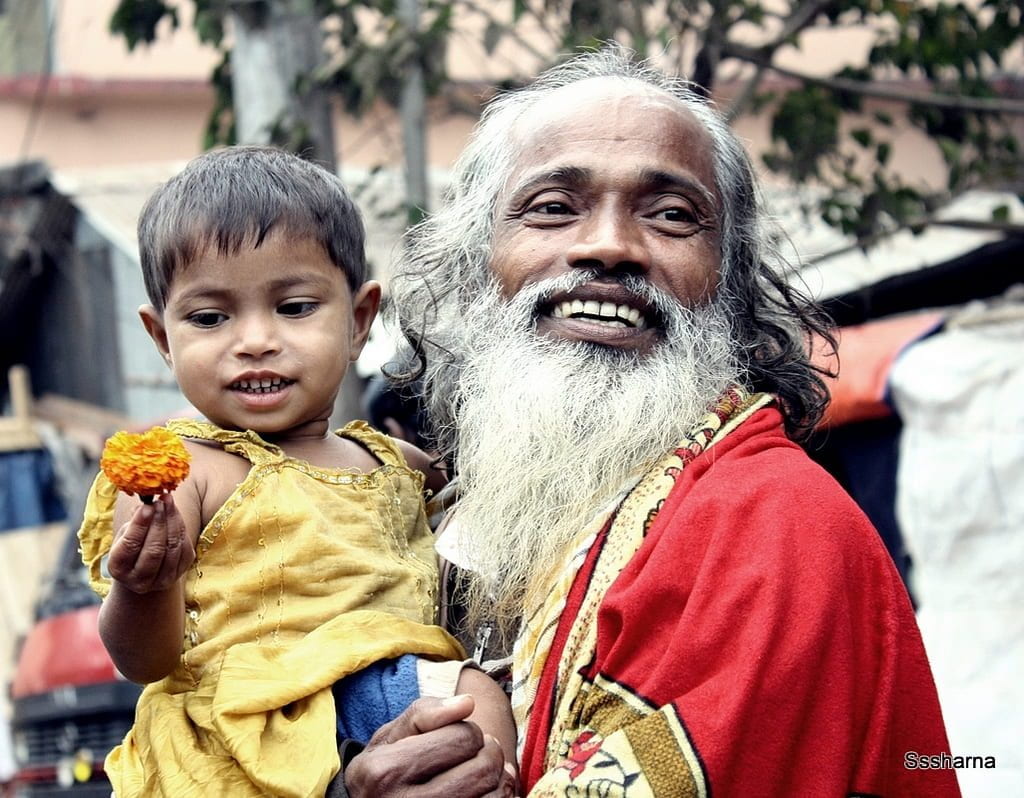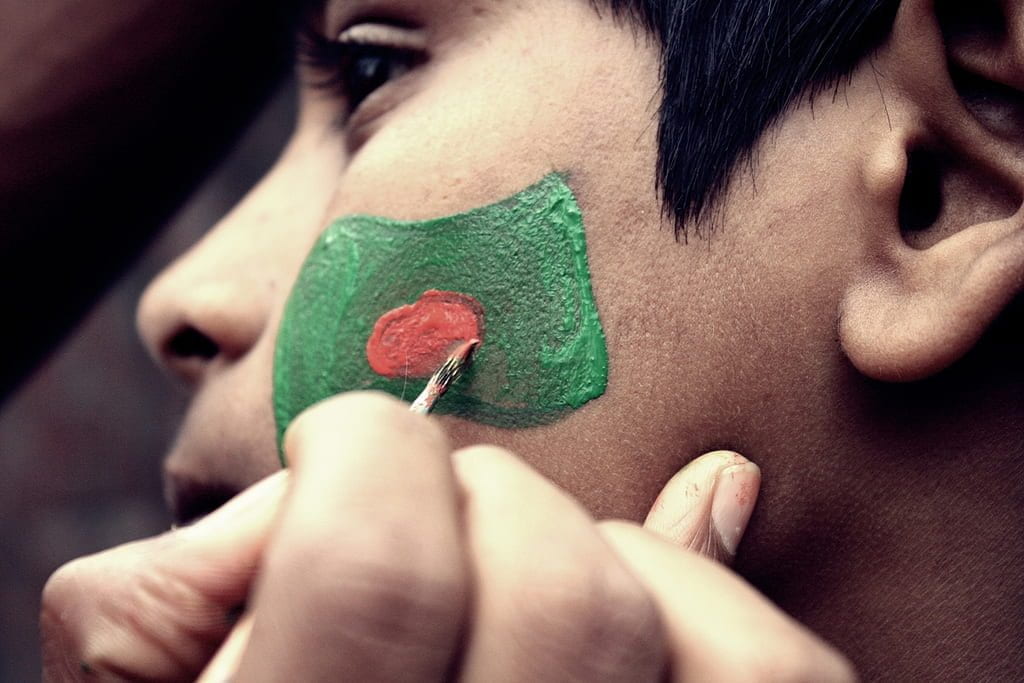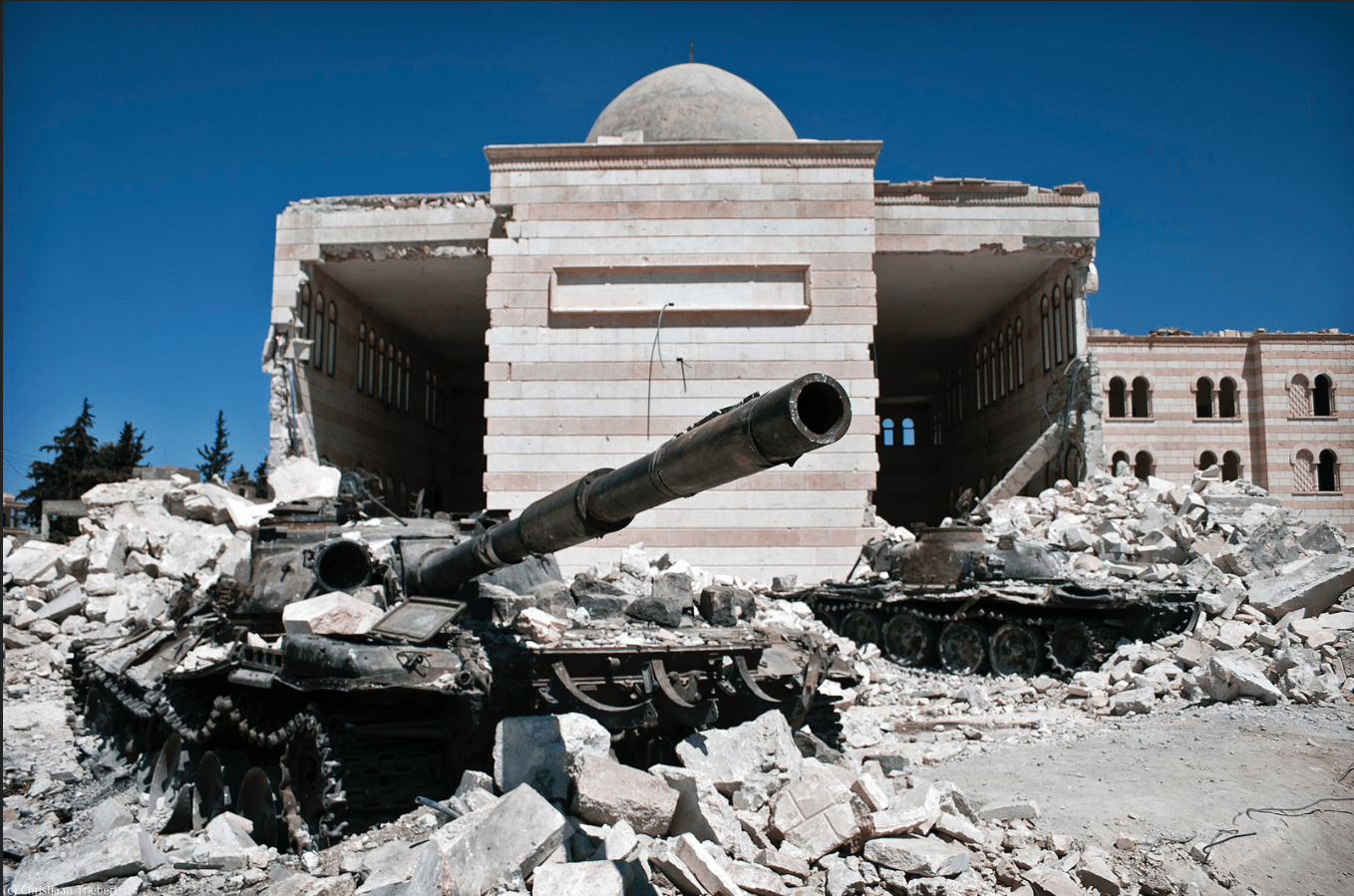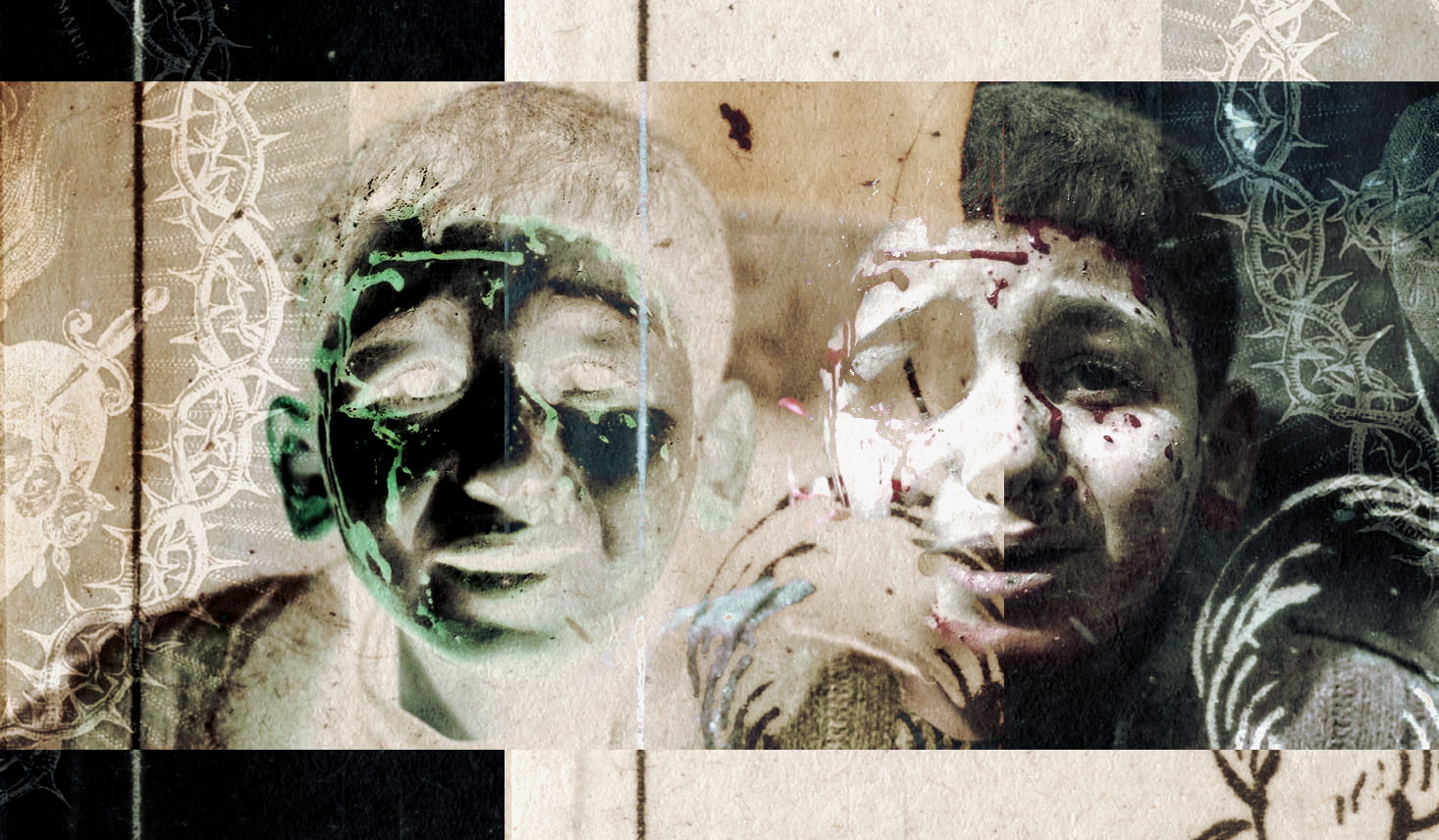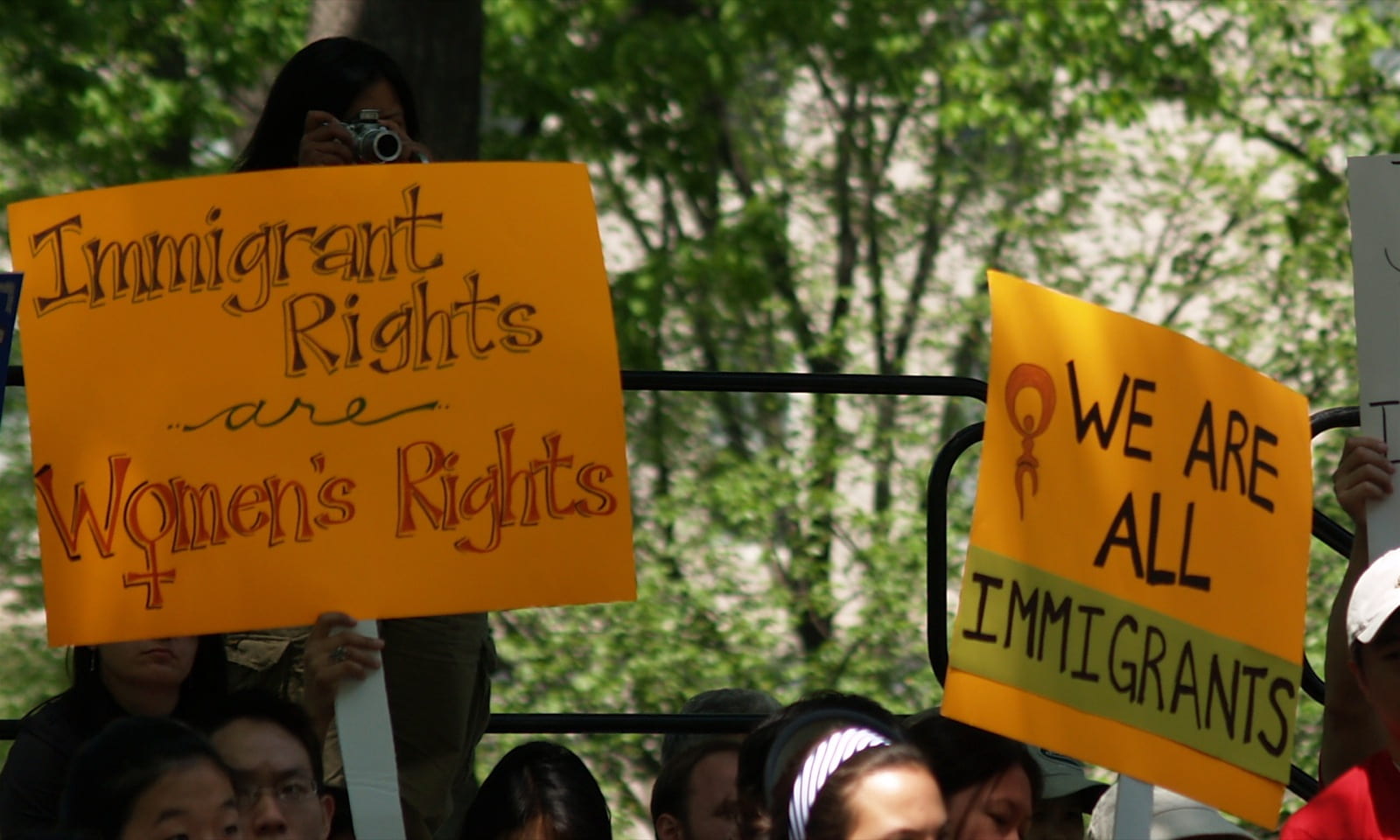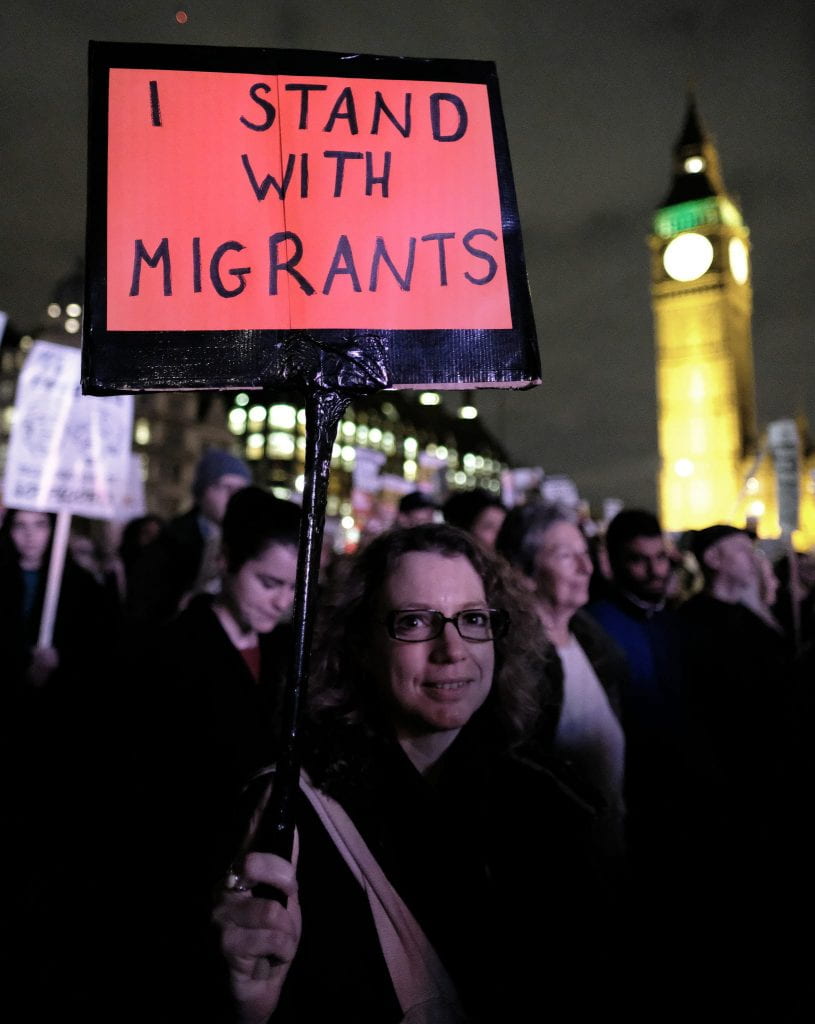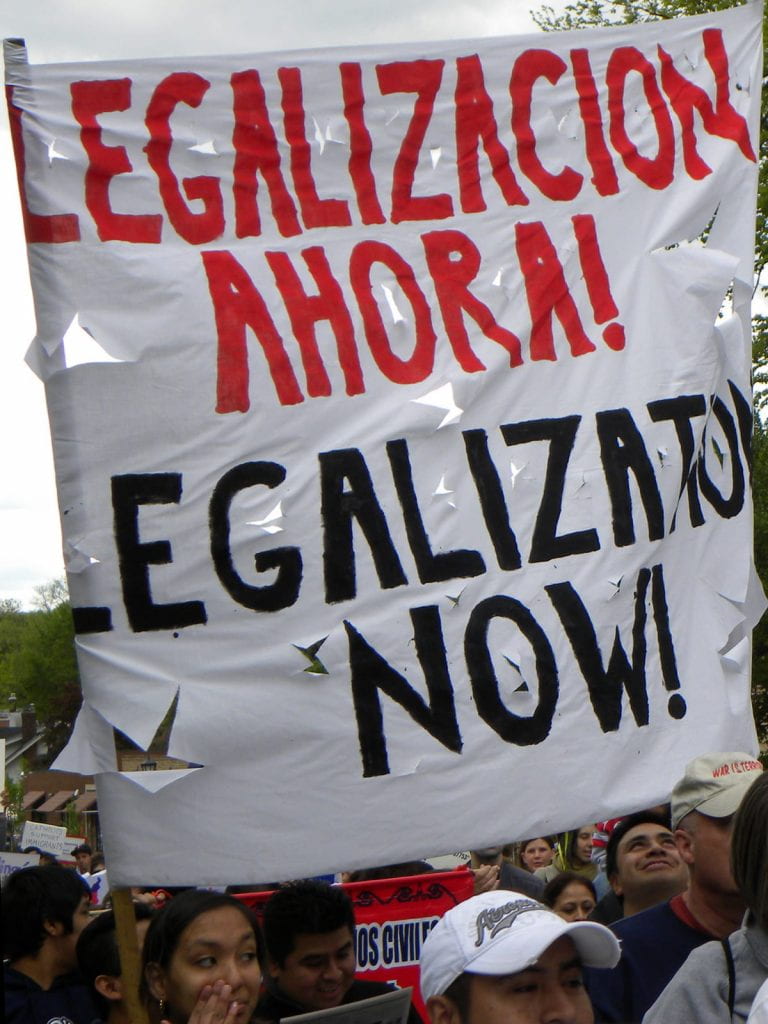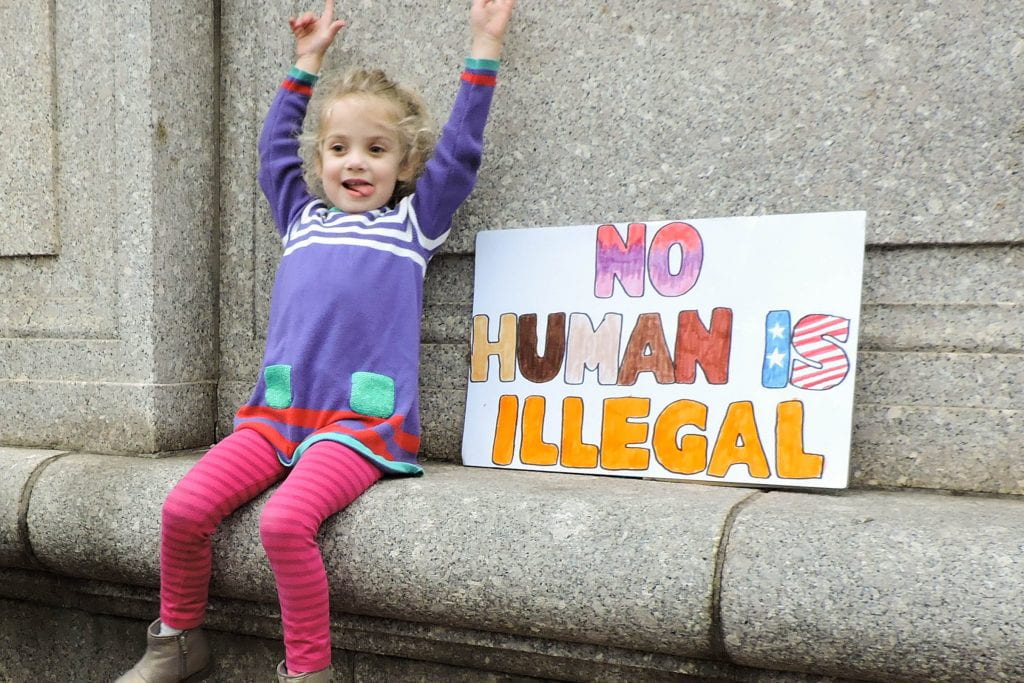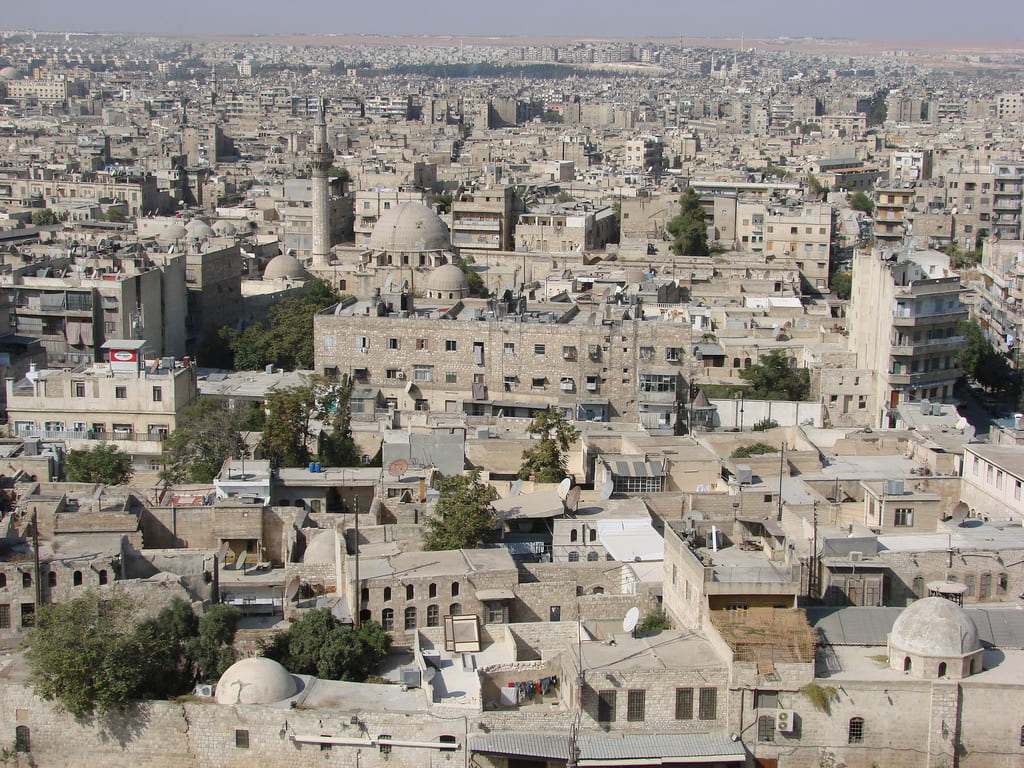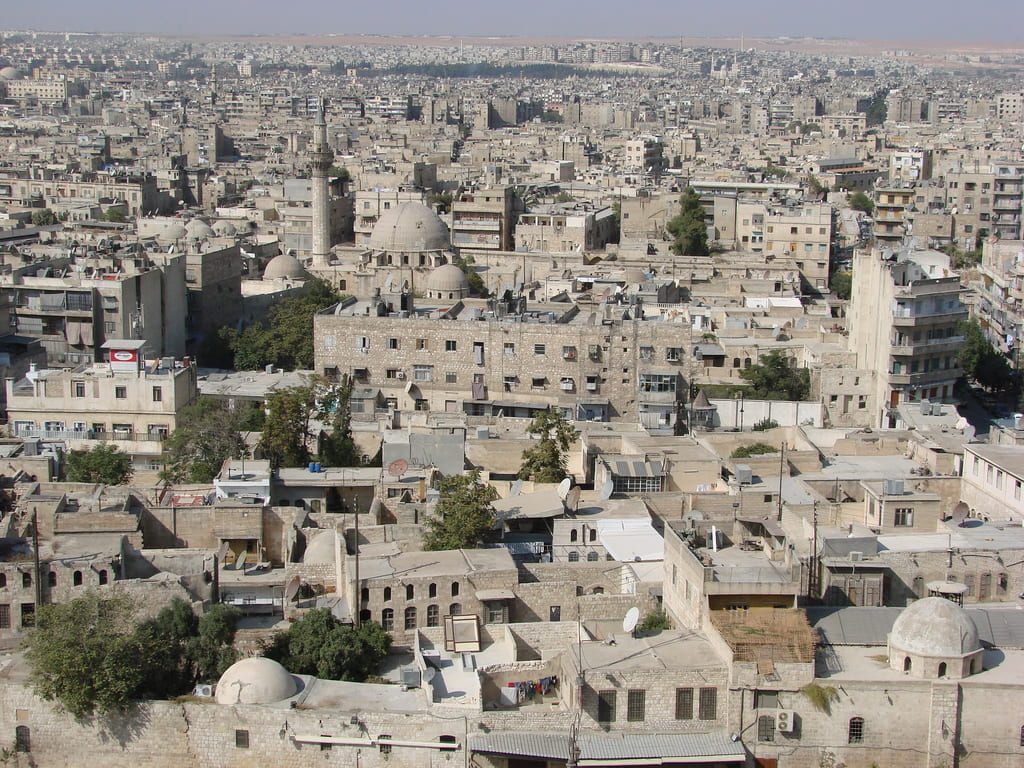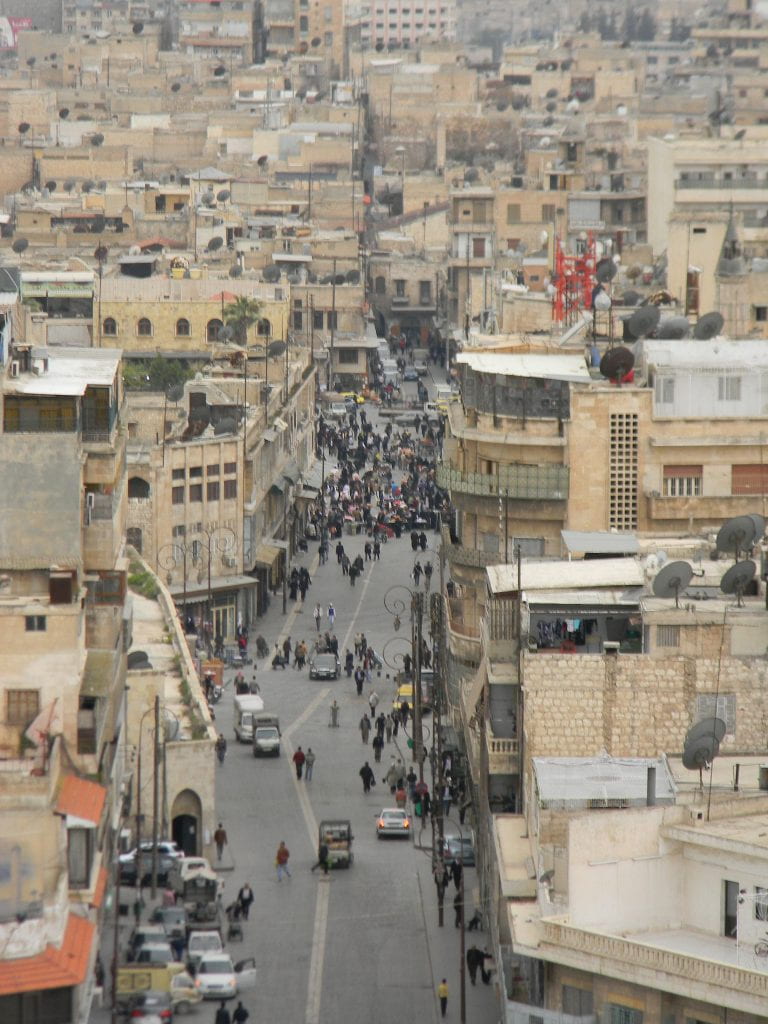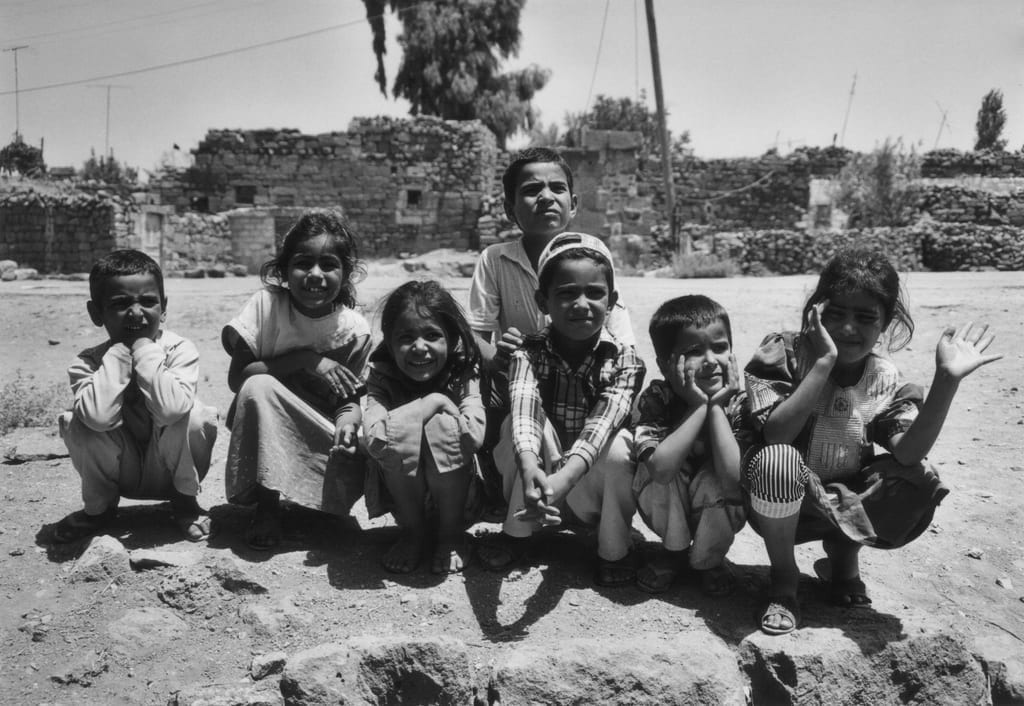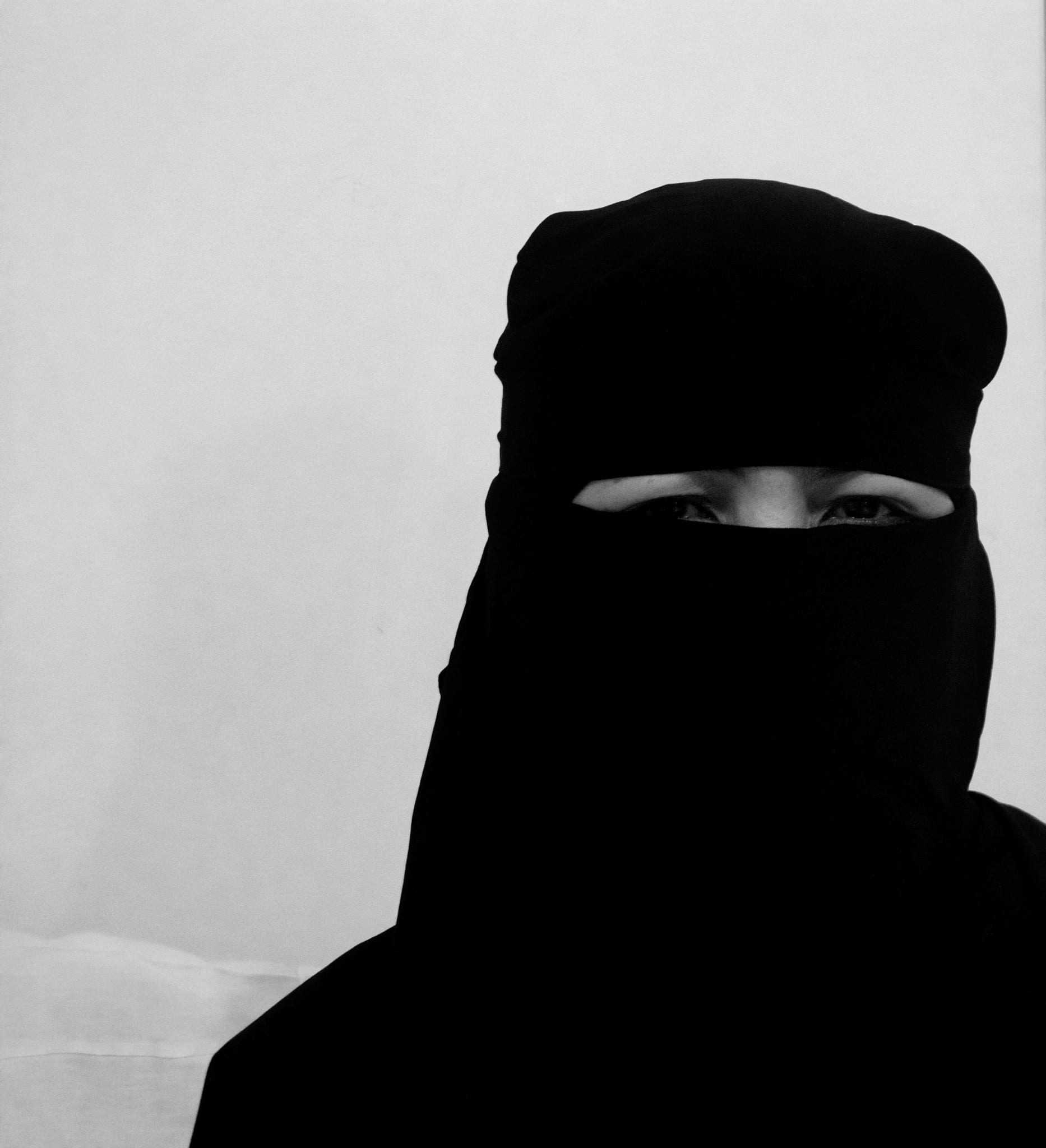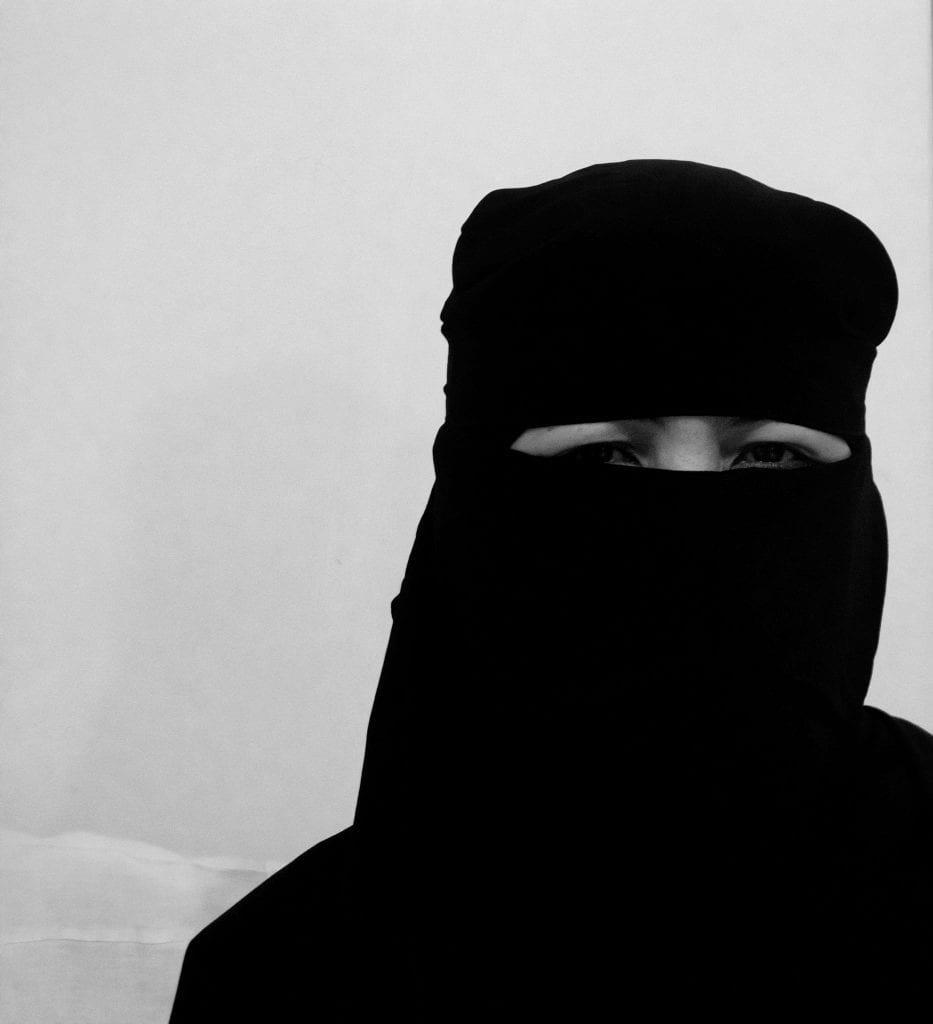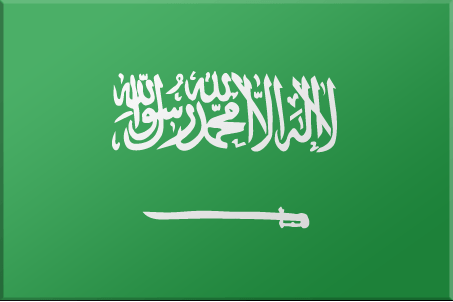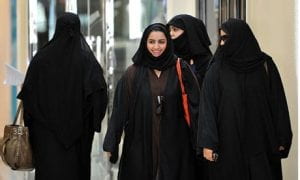
** The succession of package bombings presently terrorizing the citizens of Texas has prompted a repost of this blog.
After the events in Charlottesville and the incredible outpouring of hate and violence, many of us are wondering – what can I do to confront hate, white supremacy, and racism? I know that many of us feel disheartened, furious, or even helpless in the face of evil. What can we do to take action?
Here is a practical guide based on my experience in human rights and peace advocacy.
1. Know your human rights.
This is an important step that often gets forgotten. Learning the content and extent of basic human rights will give you the tools and language to confront hate. The Universal Declaration of Human Rights is the key document guiding human rights advocacy. It is based on the universality, inalienability, and indivisibility of human rights and is founded on the core values of equality, non-discrimination, and human dignity. Each human life is of equal value, and the human rights of all are worth fighting for.
Discrimination, suppression, racism, marginalization, and violence against individuals or groups are human rights violations that must be confronted. There are many different ways to do that: by reporting human rights violations to the authorities or other entities (e.g., you can report civil rights violations to the ACLU; if you are at UAB, you can contact the Office of Diversity, Equity and Inclusion), by documenting them, or by learning about them and educating others. You can learn more about international human rights by visiting the website of the United Nations Human Rights and by reading our blog, in which we cover international human rights issues.
2. Speak up in the face of injustice.
Once you know what human rights and human rights violations are, I encourage you to pay attention and speak up in the face of injustice. Document, record, and monitor what’s going on around you. Pay attention to what happens in your everyday life, and if you see injustice, say something. Notice if someone speaks over your colleague of color or always disrespects the points made by the women on your team. Think about diversity when creating a job ad. Call your friend out on that racist or sexist joke. Talk to your relatives about your views (I know, that is a hard one). If you feel uncomfortable confronting the perpetrator, team up with others who agree with your view that racism, sexism, Islamophobia, anti-Semitism, etc. are unacceptable. Again, document and report what happened and find a way to inform authorities, your diversity officer, or your equal opportunity department. Look for ways to empower the victim by expressing your support, talking to him/her, and educating them about their human rights.
The goal is to make “every day” suppression of a specific group based on race, color, religion, ethnicity, immigration status, sex, gender, sexual orientation, age, or disability status just as unacceptable as the violence and hatred in Charlottesville. It’s these “normal”, hidden human rights violations that are particularly dangerous to our society and that we have to confront together.
3. Be aware of your own biases.
The last months, and especially the events last weekend in Charlottesville, have shown that racism, sexism, xenophobia, and any other systematic suppression of specific groups has become socially acceptable in certain circles. Racism is now fully in the open; white supremacists feel emboldened to show their faces while expressing their hateful views. This has an impact of how we view ourselves and our position in society. It is on all of us – and especially on white people – to confront hate. As a former neo-Nazi said to the Huffington Post, “White people need to solve the problem of white supremacy. It’s white people’s problem, we created it, and it’s a problem we need to fix.”
It is incredibly important to be aware of your own biases (and we all have them). Realize if you cross the street when a black man walks towards you. Notice if you assume that someone is less competent because she is a woman, a person of color, or Muslim. Think about systemic racism and structural violence in your own environment and find ways to confront them. Actively learn about how our society has grown to marginalize some to the benefit of others.
One of the ways to overcome some of these biases and stereotypes is to engage with those who are different. Research reveals that interpersonal contact is one of the best ways to reduce prejudice, a theory usually referred to as “contact hypothesis”. I encourage you to reach out and make new friends outside of your race, religion, and gender.
4. Join a movement or a cause that fits your passions and interests.
Obviously, being aware is not enough. Join a movement and talk with others who feel the same. Look for a rally in your community. Organize a vigil. Participate in a discussion. Engage with others. Get together formally or informally. Look for opportunities to talk. Here in Birmingham, you can become part of the StandAsOne Coalition . If you are a UAB student, you can join the Students for Human Rights student club or come talk to us at the Institute for Human Rights.
It is important to find a cause that fits your interests, your passion, and your skills. I know I said this before – not all of us are born to be activists or community organizers. We cannot all become Martin Luther Kings, Nelson Mandelas, or Leymah Gbowees. But we all can contribute by supporting the movement. Maybe you have great writing or social media skills. Maybe you like to organize or have great experience on how to implement ideas. Maybe you know about technology. Maybe you love public speaking. Think about what you are good at and how your skill and talent can be used to move the cause forward.
5. Call your representatives.
One of the most effective ways to achieve policy change in this country is to call your representatives. It is a very easy and quick thing to do. FYI – calling is much more impactful than writing an email, Facebook message, or letter. The message can be brief and go something like this:
- My name is ____________________.
- I live in Representative/Senator ______________________ ‘s district. (Since you can vote for/against the legislator, your opinion is more important.)
(At some point the staff will probably ask you for your zip code. This helps them verify that you do live in their district.)
- I would like Representative/Senator _________________ to denounce the violence and hate in Charlottesville (or support any other cause relating to human rights, civil rights, etc.) (This is a general request.)
- I would like Rep/Senator _________________ to vote in favor of House Bill XYZ/Senate Bill XYZ (This is a specific request.)
- You can also include a personal story of how your human rights have been violated or about injustices you observed. Keep it brief and to the point.
- Thank you, __________________ for your time.
Please be polite to the staff (which is who you will most likely get on the line). The staff does not have influence on the decision-making process, but they will record your call. They do not mind taking opposing views as long as the conversation is civil.
If you are nervous, this is a good summary of what happens if you call.
6. Educate others.
Educating others about the dangers of evil is key to confronting hate. The movement will grow momentum by gaining new members. Education does not necessarily have to be formal (as in “let me sit you down and tell you about human rights”, although this is important too), it can be informal, by leading by example, or by bringing a friend along to a conversation you’re having. It can happen person to person, on social media, or any other platform you use to connect with others. Creating art, poems, and performances are incredible ways to get your point across to people who might find formal education doesn’t resonate with them.
Personally, I think it is such a privilege to be an educator. It is one of my favorite parts of my job to talk to students about issues that affect the world and to encourage them to learn more about these topics. You can do that too: Teach your children (or your nieces, nephews, cousins…) about kindness, human rights, and peace building. Teach them also about systemic suppression, racism, and the way our society has oppressed minorities. Talk to them about what bothers you and what you would like to achieve. You don’t have to be a professor or teacher to educate others. You have learned about human rights, and sharing this knowledge with others will be useful not only to them, but also to you. It will help you specify your ideas and clarify what you deem most important.
7. Donate.
One of the fastest and easiest opportunities to make an impact is to donate to an organization that fights for human rights or civil rights. We at the Institute would certainly appreciate your donation because raising awareness for human rights is our daily business – thank you for thinking about it – and here are some other organizations to consider as well:
American Civil Liberties Union
Southern Poverty Law Center
NAACP
Anti Defamation League
Council on American-Islamic Relations
National Organization of Women
Human Rights Campaign
National Disability Rights Network
National Network for Immigrant and Refugee Rights
Human Rights Watch
Amnesty International
8. Take care of yourself.
Finally, and most importantly, self-care is incredibly important for all of us who work in advocacy. Confronting hatred, violence, and suppression is a big task, and honestly, it is exhausting, depressing, and hard to deal with mentally and physically. It is easy to get discouraged and to give up. It is therefore important to know what you can do (and what you cannot do), what you are willing to do, and what your priorities are. You cannot do everything, but if everyone does their part, we will eventually get there, step by step. Focus on the local level, your own community as a start. That is how we change the world – person by person.
Also, make sure you do not get overloaded with terrible news. Take care of your needs and shut down Facebook, Twitter, cable news, etc. when you start to feel overwhelmed. Enjoy time with your friends and family. Be kind to yourself and realize that real progress takes patience.
Remember, we are in this together. We can do it, one step at a time.
